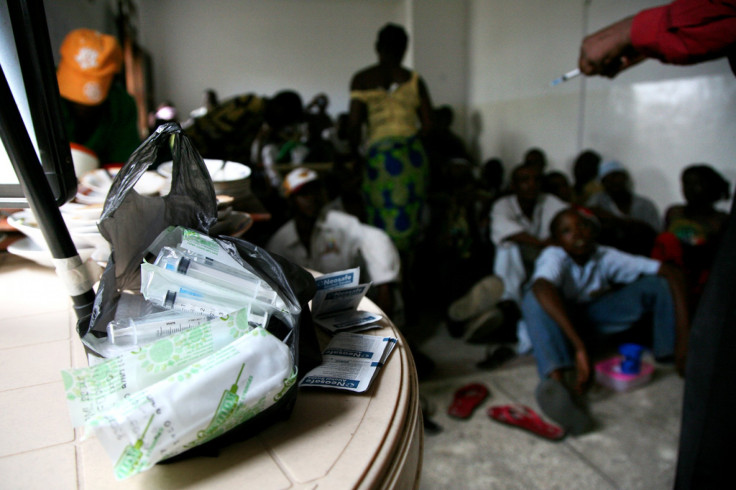UN Reports Fewer Children With HIV; Sub-Saharan African Deaths Drop

New HIV infections have dropped by half across 25 low- and middle-income countries, the U.N. reported Wednesday
“The pace of progress is quickening. What used to take a decade is now being achieved in 24 months,” said Michel Sidibé, executive director of UNAIDS, in a statement. “We are scaling up faster and smarter than ever before. It is the proof that with political will and follow-through we can reach our shared goals by 2015.”
The report said some of the countries with the highest HIV rates have also shown the most dramatic cuts in infection rates in the past decade.
Most encouraging is the finding that much of the progress has been among children. According to the report, half of the global reductions in new HIV infections in the last two years have been among newborns.
“It is becoming evident that achieving zero new HIV infections in children is possible,” said Sidibé. “I am excited that far fewer babies are being born with HIV. We are moving from despair to hope.”
National investment in AIDS research, prevention and treatment has grown, as has the number of people who had access to treatment, but the U.N. estimates that there are still 6.8 million people without access to treatment with 1,000 days to go until the 2015 Millennium Development Goals deadline.
At a meeting in Luanda, Angola, World Health Organization Africa Regional Director Luis Sambo said in a statement that African countries need to improve the ways they disseminate information.
© Copyright IBTimes 2025. All rights reserved.






















